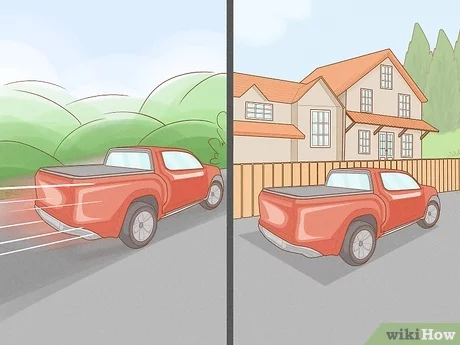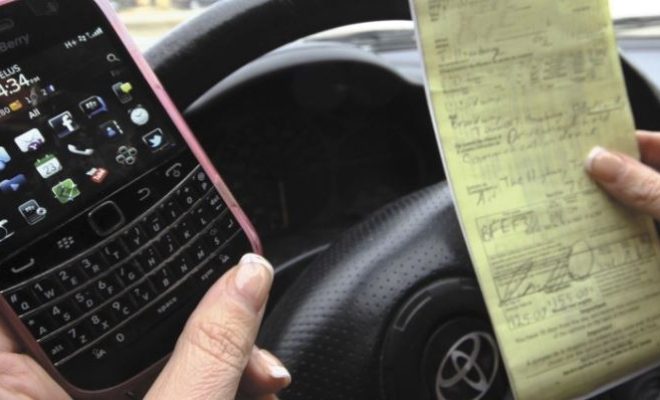5 Ways to Respond When Your Car’s Battery Light Goes On

When your car’s battery light comes on, it can be a cause for concern. However, staying calm and knowing how to respond can help you navigate this issue with ease and potentially save you from costly repairs. Here are five ways you can respond when your car’s battery light goes on.
1. Safely Pull Over
If the battery light goes on while you’re driving, it’s crucial to find a safe spot to pull over as soon as possible. This light often indicates a problem with the charging system or the battery itself; continuing to drive may eventually lead to a drained battery and leave you stranded.
2. Turn Off Unnecessary Electrical Accessories
Once you’re safely pulled over, turn off any unnecessary electrical accessories such as the air conditioning, radio, or interior lights. This will help conserve battery power and reduce the strain on the charging system. It’s also a good idea to unplug any devices that may be charging in your vehicle.
3. Check the Battery Connections
Turn off your vehicle and pop the hood to inspect your battery’s connections. If you notice any visible corrosion or loose connections, make sure to clean and tighten them accordingly – but only if it is safe for you to do so! Cleaning the terminals with a wire brush and ensuring all connections are secure can sometimes fix battery-related issues.
4. Seek Professional Help
Should your car’s battery fail while on the road, it’s best to call for roadside assistance or have your vehicle towed to a nearby auto repair shop. A mechanic can properly diagnose and fix the issue, whether it’s a faulty alternator, damaged voltage regulator, or simply an old battery due for replacement.
5. Consider Preventative Measures for the Future
Learning from this experience can help prevent future occurrences of your car’s battery light turning on unexpectedly. To keep your battery operating at peak efficiency, regularly check its connections and ensure it is clean from any buildup. Additionally, consider investing in a portable jump starter or having your battery tested at an auto parts store on a regular basis.
In conclusion, it’s crucial to respond promptly and appropriately when your car’s battery light goes on. By following these steps—safely pulling over, conserving power, checking connections, seeking professional help, and taking preventative measures—you can help protect your car and keep it running smoothly for years to come.






